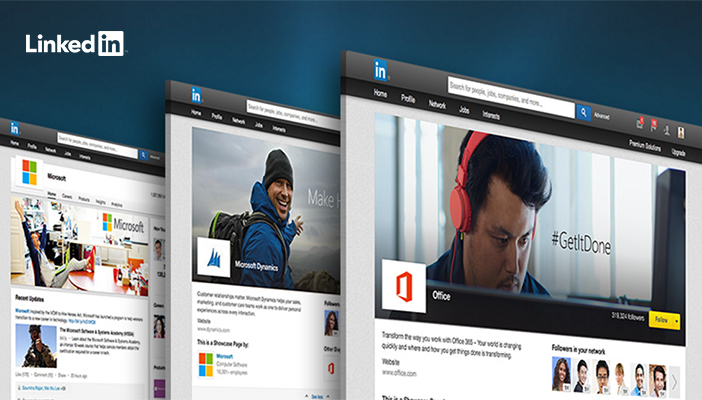
Social media platforms have become a bigger component of the architecture, engineering, and construction marketing plan — but putting together a strategy is no easy undertaking. There are many social media platforms out there and more being developed all the time. Your strategy doesn’t have to be a long document, but rather a one or two-page road map for your strategies and goals.
Strategy is important to the success of social media efforts. Asking your team some questions first will set you up to succeed.
These questions are:
- Which platforms are my clients and prospects spending time on?
- What do my clients and prospects care about or want to learn about?
- How can my company help my clients and prospects?
- Who will commit to the social media strategy? Who is championing the effort?
- What type of content will we create?
- Who will create the content?
- What are the goals or expectations of our social media efforts?
Beyond answering these questions, the key is staying committed and consistently posting valuable content for your clients and prospects.
There are many different types of platforms to choose from when outlining a social media strategy. They include:
- YouTube
- Google Plus
- Snapchat
- Houzz
- Vimeo
Each of these platforms has a different feel and purpose. Find out where your clients and prospects spend their time. It’s better to start with one platform, consistently post there until you feel comfortable, and then move onto the next one — especially if you are the owner or principal of the firm. If you have a marketing department, they probably have more time to devote to several social media platforms. Remember, you don’t need to have a presence on all the platforms mentioned above.
Talk to your current clients and find out what they care about. What are they searching for online and what websites do they visit to obtain that information? Many times they’ll turn to a search engine (Google) to find a solution to their problem. If you have created content and shared it via social media, then your answers and company are more likely to be found. That’s because you’re also increasing your search engine optimization (SEO) when you create content on your website and push it through to social media.
Content can be one of the hardest things to create for a social media strategy. This is typically where people get stuck or aren’t consistent. Try writing case studies about how you’ve helped a client solve a problem. You can also create a video case study. Videos are becoming more popular and the preferred method to obtain information. Videos can be expensive, but many times you can use your iPhone or iPad. There are many different video editing software programs you can use, too. Ask your client to give you a testimonial about that project for your case study and incorporate it into the video. Let your clients do the talking about how your firm has helped them.
Checklists are also a valuable tool used by your clients and prospects. For example, if you are a design professional, you may create a checklist of items that they need to ask during the programming stage of design. Give your clients and prospects a tool that will help them in their job or make their life easier —something functional that they’ll keep visible daily.
A social media champion must be assigned to implement the strategy, otherwise there was no point in writing the strategy! This person helps develop the social media calendar which includes the type of content to create and how often to post. Consistency and frequency are equally important when executing an effective social media strategy.
Set goals for each social media platform. What do you expect to gain from your involvement with social media? Many times it’s brand exposure along with increasing your followers and page likes. Track these metrics and make sure these are increasing each month. If they have been steady for 2-3 months, then re-evaluate what you’re doing. You can quickly see what drives more traffic to your social media platforms and ultimately traffic to your website. Many of these platforms have a TON of available data to analyze should you wish to do so. That said, don’t get too caught up or overwhelmed in all the numbers..
Always direct people back to your website through social media. Publish the content on your website first, and then include a link in your post back to your website. This is one of the primary objectives of social media. You want someone to take action by visiting your website and signing up for your newsletter, downloading a white paper, or watching a video. Capture their name and email address, so you have a warm lead to follow up with.
Another main objective of social media is engagement. This can be very challenging for the AEC industry, because we aren’t selling a product… we are delivering a service. You want your followers to talk about your service and respond to your posts. Most service-based businesses struggle with engagement. That’s why it’s important to find something that interests your clients and prospects, something they’re passionate about.
Social media should be part of every marketing strategy. You must have a plan, know how to implement it, and then track the results. Consistency and frequency are instrumental to the success of a social media strategy.
You can purchase and download our social media guidebook for your use here.



